 ATI Malvern Plant
ATI Malvern Plant
Entry Category: Businesses
 ATI Malvern Plant
ATI Malvern Plant
Atkins Pickle Company
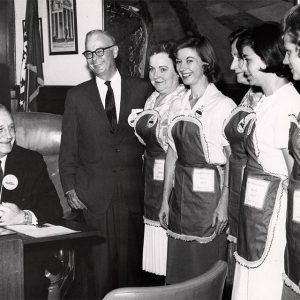 Atkins Staff
Atkins Staff
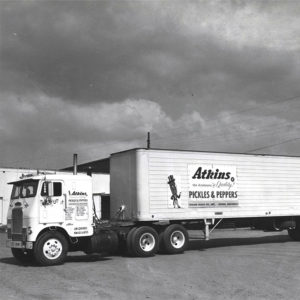 Atkins Truck
Atkins Truck
August House
 Bachman Port
Bachman Port
 Bailey’s Dairy Treat
Bailey’s Dairy Treat
Bank of Osceola
Bank OZK
Barlow Hotel
Batesville Daily Guard
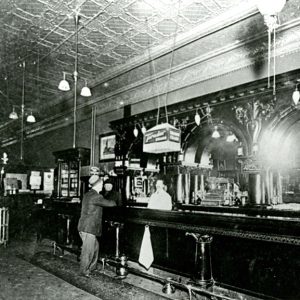 Batesville Saloon
Batesville Saloon
Bauxite and Northern Railroad
Baxter Bulletin
 BBQ Sandwich
BBQ Sandwich
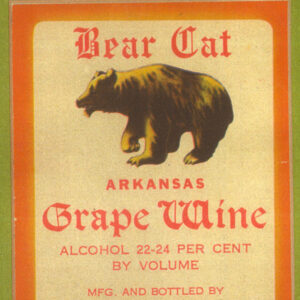 Bear Cat Wine
Bear Cat Wine
 Bearden Plant Planer Mill
Bearden Plant Planer Mill
 Mike Beebe at Diamond Bear Brewery
Mike Beebe at Diamond Bear Brewery
 Beer Cases
Beer Cases
Bellaire Court Historic District
 Best Motor Court Postcard
Best Motor Court Postcard
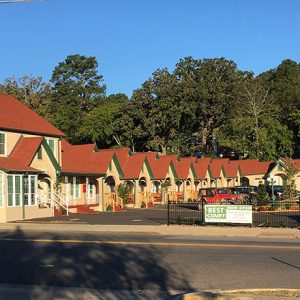 Best Motor Court, Hot Springs
Best Motor Court, Hot Springs
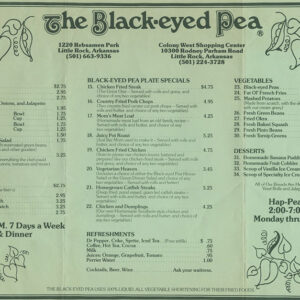 Black-Eyed Pea Menu
Black-Eyed Pea Menu
 Blass Department Store
Blass Department Store
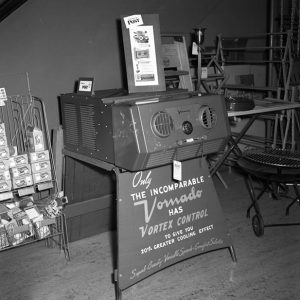 Blass Store
Blass Store
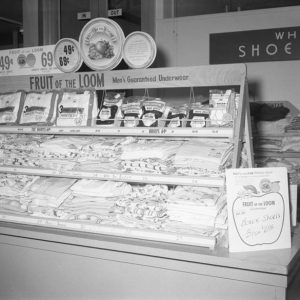 Blass Store Clothing Display
Blass Store Clothing Display
 Blass Store Display
Blass Store Display
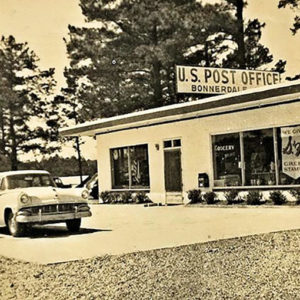 Bonnerdale Post Office
Bonnerdale Post Office
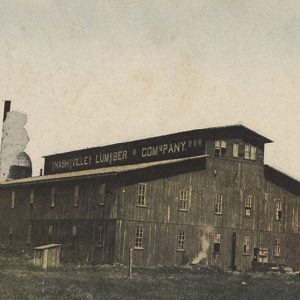 Box Factory
Box Factory
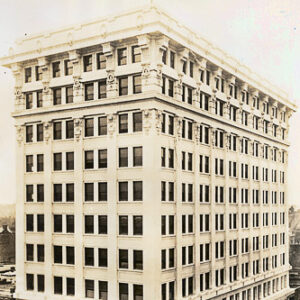 Boyle Building
Boyle Building
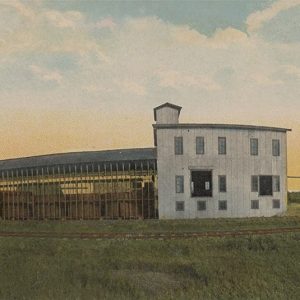 Brandy Distillery
Brandy Distillery
 Brick Company
Brick Company
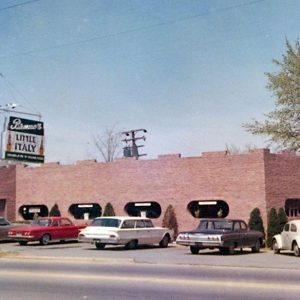 Bruno's Little Italy, 1960s
Bruno's Little Italy, 1960s
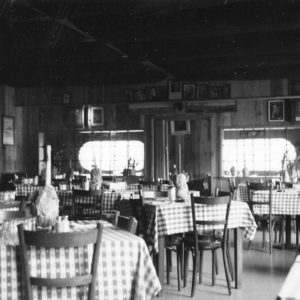 Bruno's Dining Room, 1960s
Bruno's Dining Room, 1960s
 Vincent "Jimmy" Bruno
Vincent "Jimmy" Bruno
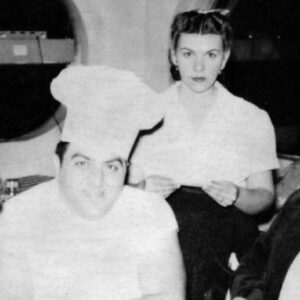 Vincent Bruno & Ernestine Shoults
Vincent Bruno & Ernestine Shoults
 Bruno's Menu, 1950s
Bruno's Menu, 1950s
 Bruno's Menu 1970s
Bruno's Menu 1970s
Bruno’s Little Italy
 Bubba Brew's
Bubba Brew's
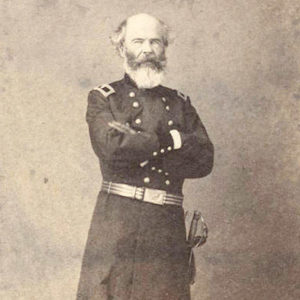 Napoleon Buford
Napoleon Buford
Burns Gables
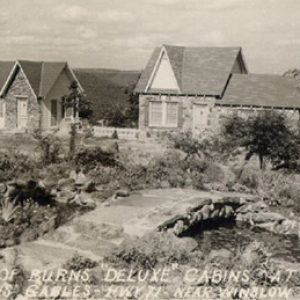 Burns Gables Cottages
Burns Gables Cottages
 Burns Gables Exterior: 2010
Burns Gables Exterior: 2010
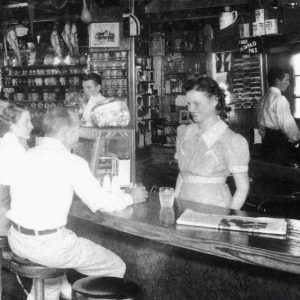 Burns Gables Interior
Burns Gables Interior
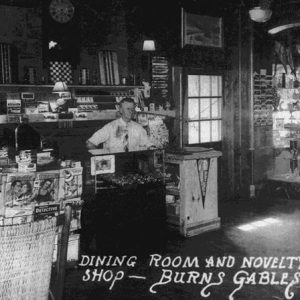 Burns Gables Interior
Burns Gables Interior
 Burns Gables Interior: 2010
Burns Gables Interior: 2010
 Burns Gables: ca. 1953
Burns Gables: ca. 1953
 Olen Burrow
Olen Burrow
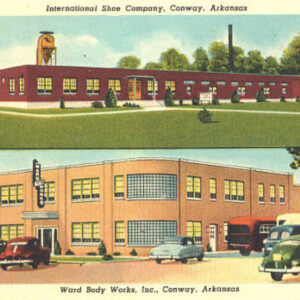 Bus and Shoe Companies
Bus and Shoe Companies




